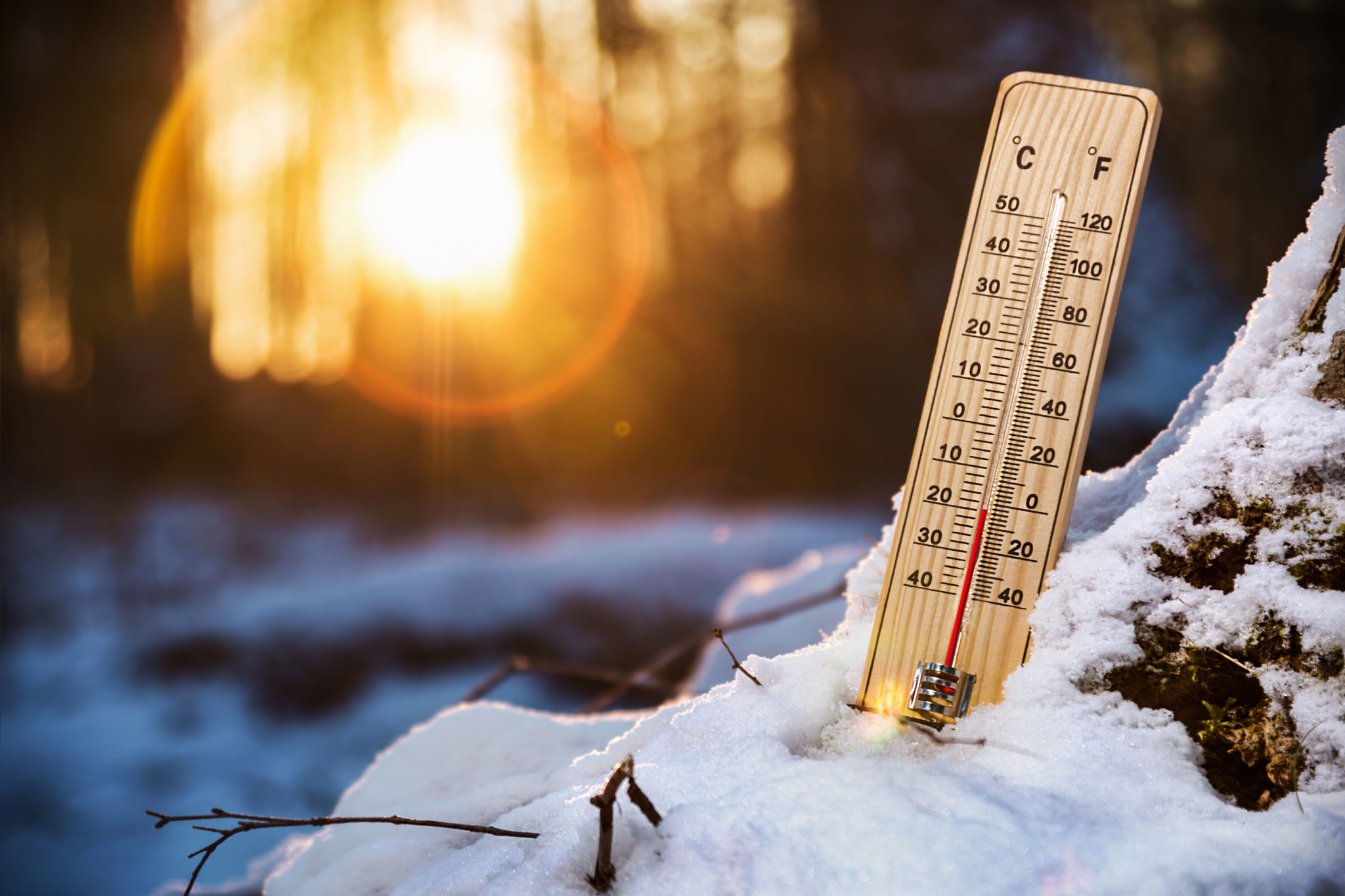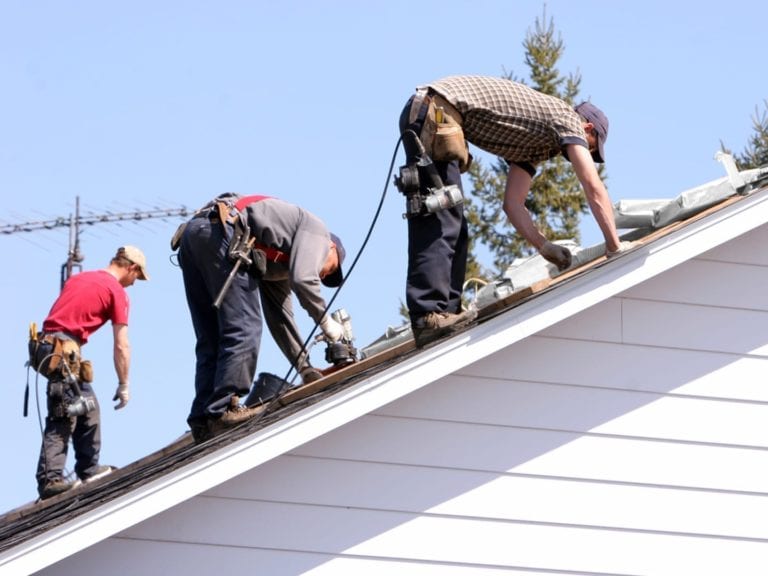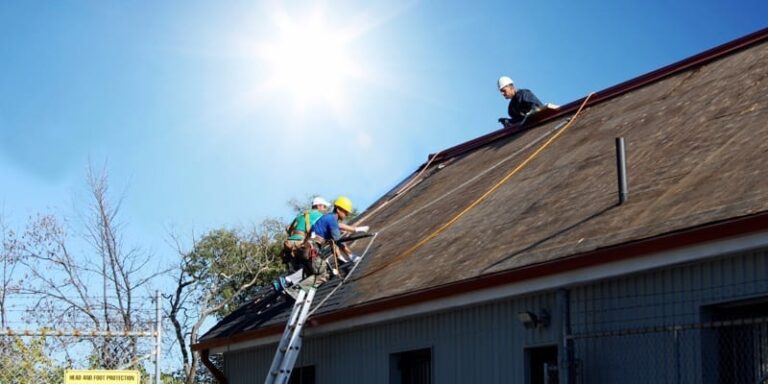Must-Know Tips For Installing Shingles In Cold Weather
Contrary to popular belief, cold weather does not necessarily signal the end to roofing season. If you’ve been hired for a repair or installation during the winter, you’ll find a number of resources on our blog about fall prevention and how to prepare a safe work surface.
This video will specifically cover the extra precautions that will need to be made during preparation, product handling and installation. Be forewarned, it’s going to take a little more care than you’re used to.
First thing to note is that asphalt shingles behave differently in cold weather. As temperatures approach freezing, standard asphalt shingles will become brittle and more prone to breakage. Some roofers prefer polymer-modified shingles, which tend to be more flexible in most temperature ranges – however, at some point, cold weather affects even these. As well, if the bundles have been improperly protected from recent precipitation, you may face the headache of bundles freezing together. To prevent these issues, store them properly, preferably in temperatures higher than 10 degrees Celsius or 50 degrees Fahrenheit. We recommend storing them off the ground, stacked flat, to ensure they don’t deform. Lastly, place a waterproof cover over them for further protection. When it’s time retrieve your shingles only just before you need them; do not keep them exposed to the outside elements for longer than you have to.
When it comes to hip and ridge caps installations, this minimum temperature may not cut it. Luckily IKO offers a line of pre-formed, precut ridge cap shingles that require no cutting or folding. Naturally, snow and ice will also need to be dealt with before even attempting work. Exercise extra caution if conditions are slippery from melting ice and snow. Regardless of the season, the attic cavity should be properly ventilated before you begin. It’s no fun to work in the winter for cold weather application, but sometimes it’s completely necessary. Work carefully and expect the job to take longer than it would have in the warmer seasons.
Another step to remember – depending on the home’s location, you may need an ice and water protector when applying your underlayment. These special products are applied under shingles to prevent water penetration due to ice dams or wind-driven rain. In addition to protection along the eaves, it is useful when creating a watertight seal around chimneys, vents stacks, and other roof-top structures.
When you begin securing the shingles, just like every other part of the process, this too comes with extra special precautions. Normally, IKO’s shingle adhesive is heat-activated by the sun, so it may not occur until the roof experiences sufficient warm sunlight. But rest assured, there’s a way to prevent them from blowing off. After placing each shingle, nail it down with six nails, instead of the regular four. Once in place, gently lift the edge and apply three evenly spaced, quarter-sized spots of roofing cement. It’s also important to remember some proper handling techniques for nail guns. There’s a good chance it could seize in the cold weather application and there’s an even better chance that you can blow through the cold shingles – especially if they are not laying perfectly flat on the roof deck. Adjust the pressure on your nail gun accordingly to bypass this common pitfall. Always follow your shingles manufacturer’s instructions for cold weather application, paying close attention to your region’s building codes. It’s a tough job, but someone’s got to do it. Just remember that above all, to never put your work before personal safety. Finishing a job isn’t worth risking a life, so please be sure to respect the limits mother nature may impose while abiding by proper industry safety requirements.
Table of Contents:
- Can You Replace A Roof In The Winter?
- The Benefits of Roofing in Cold Weather
- What to Expect When Roofing in Winter
- Here’s How to Prepare Yourself for Cold Weather Roofing
- Equipment and Materials
- Manage Expectations
Can You Replace A Roof In The Winter?
Experts say the best time to construct a roof is when weather is “warm, calm, and dry.” That is, in warm temperatures, with little wind and clear skies. In a perfect world, that would be every day. But in most northern states and provinces, these ideal conditions are few and far between. Most roofers have to consider how, not if, they can perform a roofing job in winter weather. Any outdoor temperature lower than 10 degrees Celsius (50 degrees Fahrenheit) starts to change the way both our bodies, and our roofing equipment and materials perform. This is the point at which risks continue to rise as the mercury falls.
In cold weather, roofers face a variety of extra considerations:
- They must increase health and safety precautions,
- Roofing materials don’t work quite as well as they do in moderate temperatures, and
- Workers risk delivering a subpar job if they don’t give themselves enough time to do the job right while working against the demands of Old Man Winter.
However, while not ideal, roof construction and repair can be done in cold weather, as long as weather-related precautions are strictly observed.
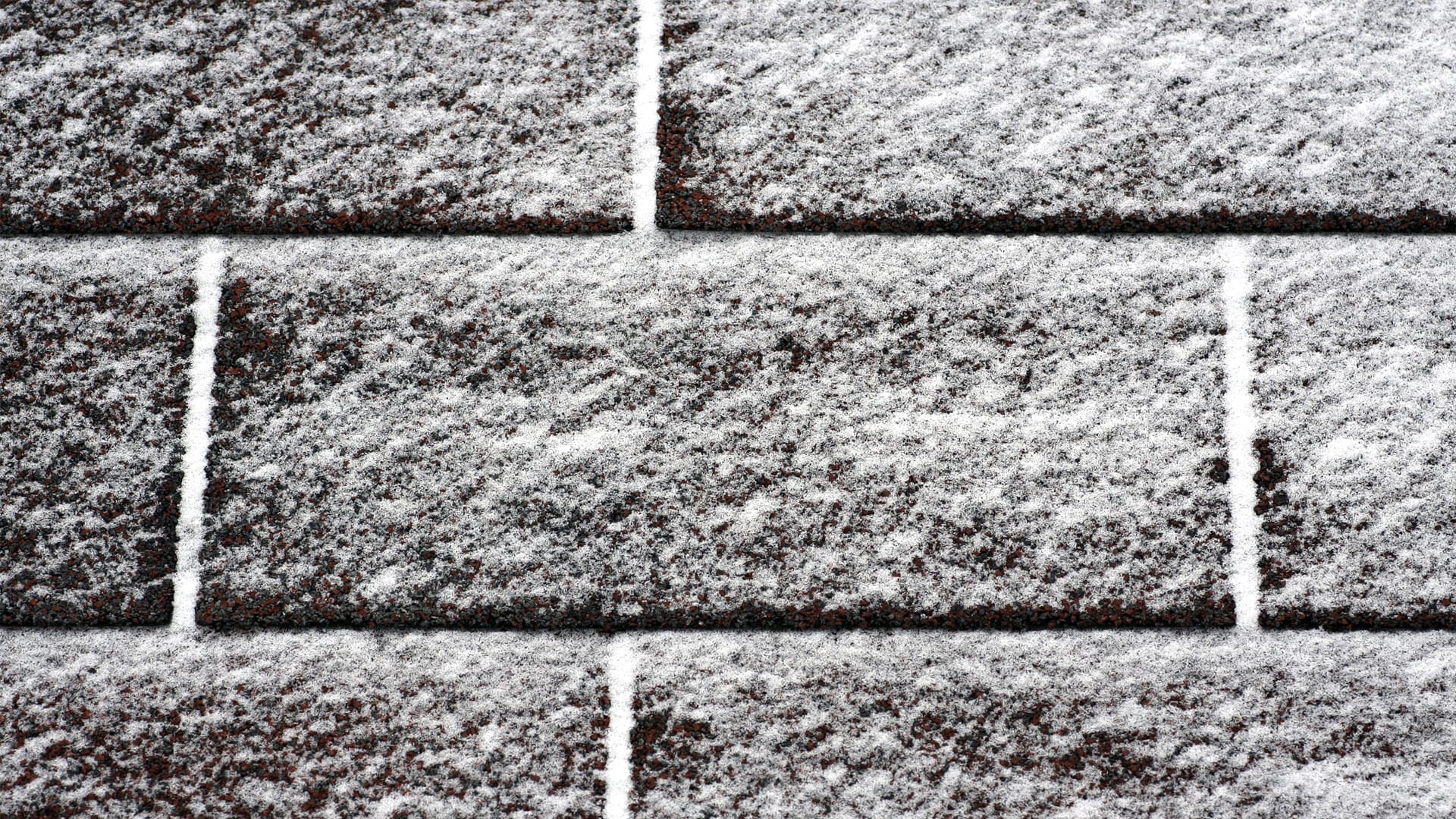
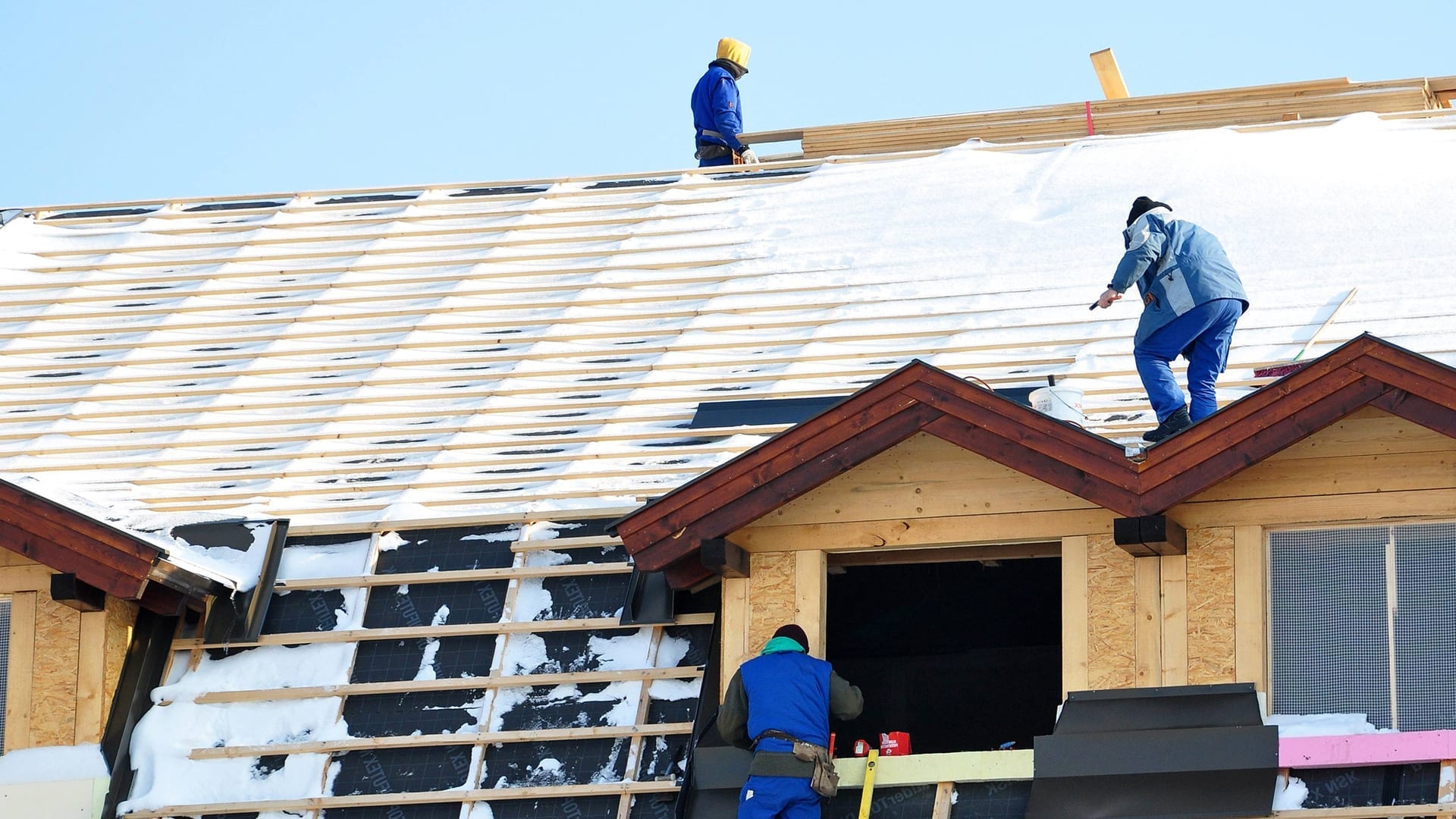

The Benefits of Roofing in Cold Weather
In fact, the benefits can be considerable to a roofer or employer who wants to keep busy during off months. As the Canadian Roofers Contractor Association suggests, winter roof constructions and repair can be a boon to your business. It may help you keep your schedule full (and your workers fully employed) year-round. It prevents job losses or layoffs during the off season so you can maintain your regular roster of employees. Plus, it helps you build relationships with clients who might otherwise have to wait for the busy warm season for their build.
Some contractors charge up to 20% more for working in winter weather, according to CAA Quebec, which can help prevent revenue loss from increased overhead and slower performance. (These are both natural side effects of working in reduced sunlight, taking your time in slippery or inclement conditions and exercising extra safety precautions, such as removing snow and ice from roofs.)
What to Expect When Roofing in Winter
Roofing in winter weather requires a lot more foresight, planning and safety precautions than summer days. The good news is: most materials will perform up to a certain point with just a few tweaks to your technique. And if you adjust your work style to construct a roof designed to last through cold temperatures (being careful not to damage materials, such as shingles) you can be sure it will be built solidly.
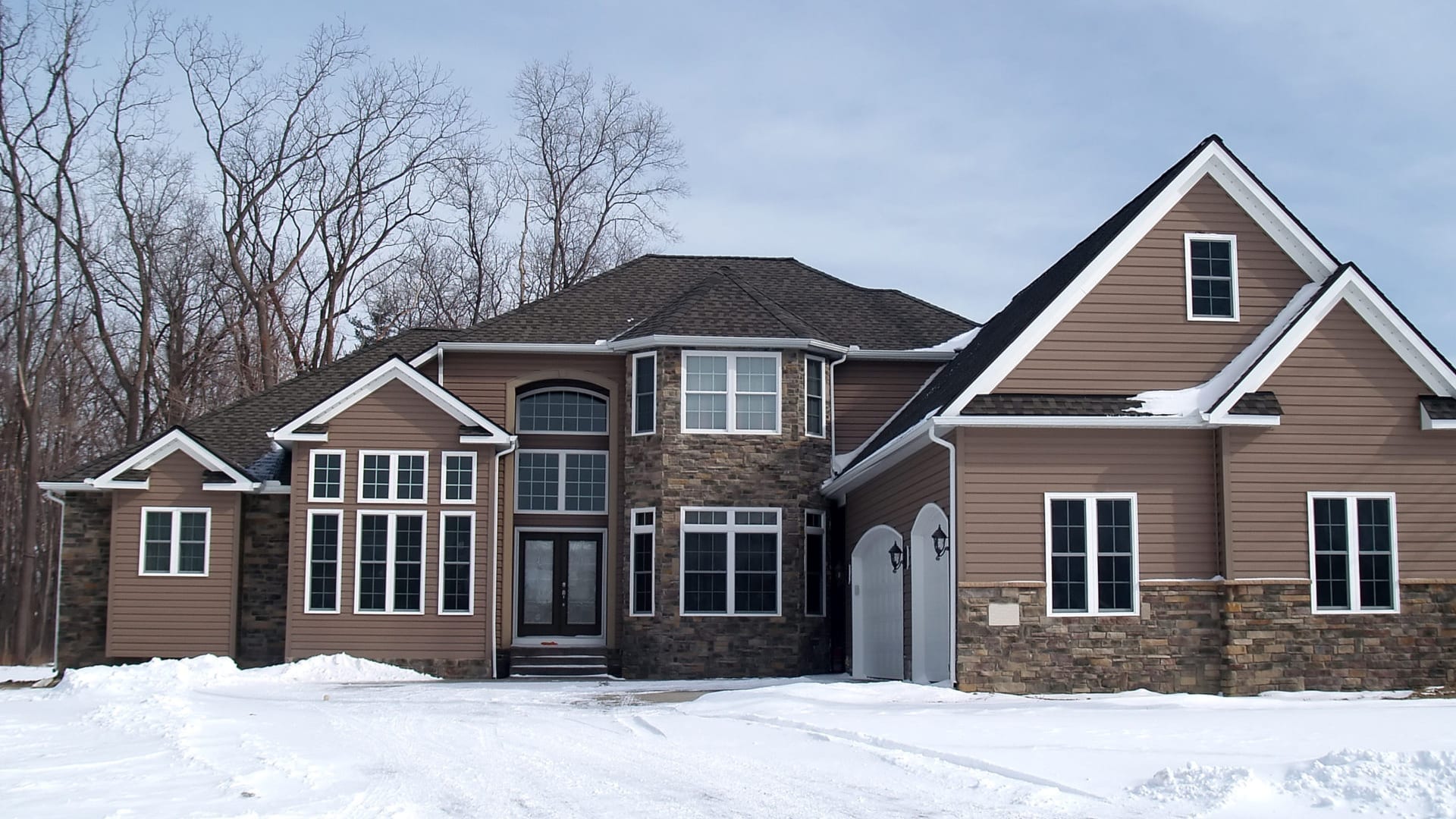
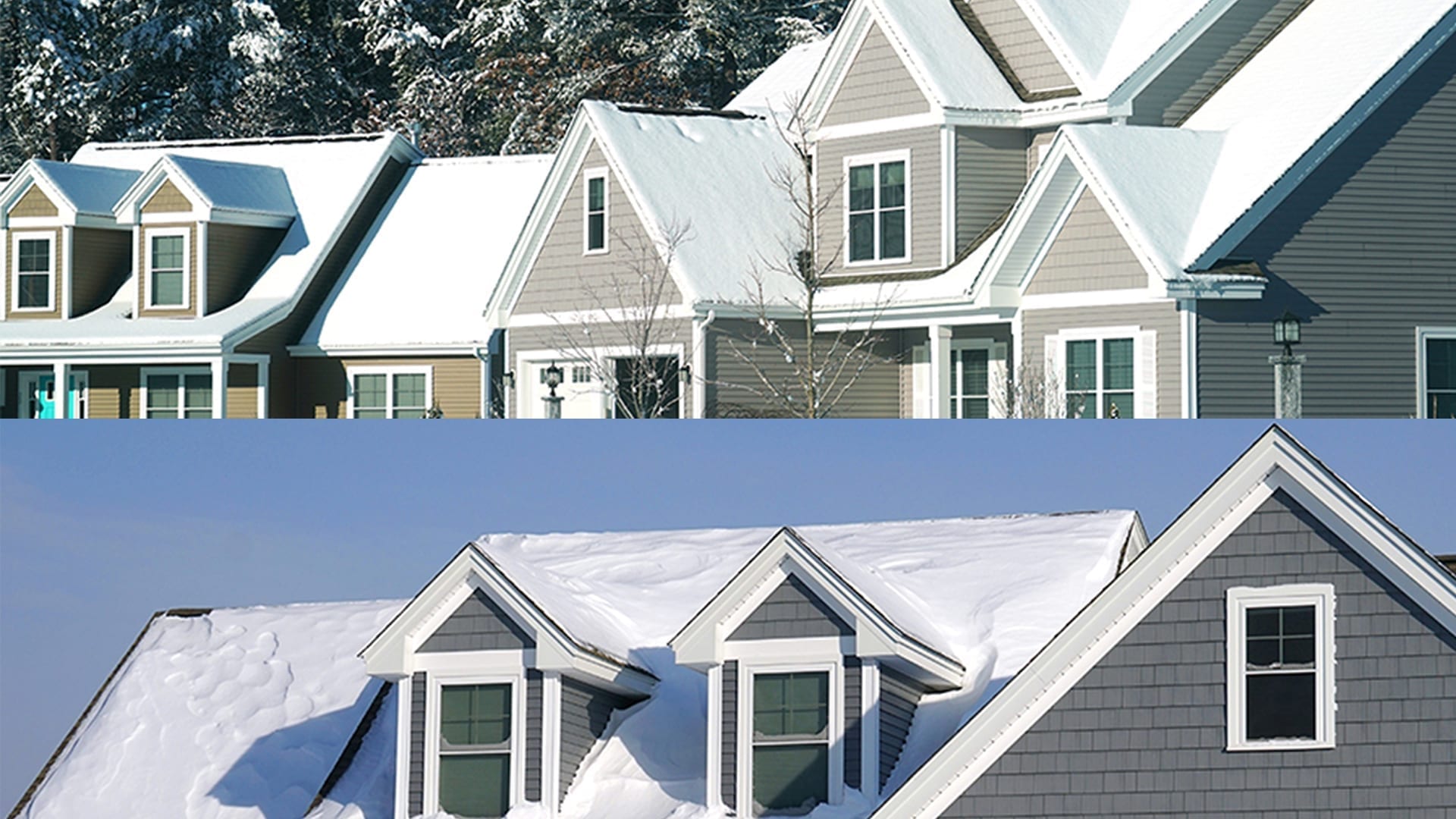
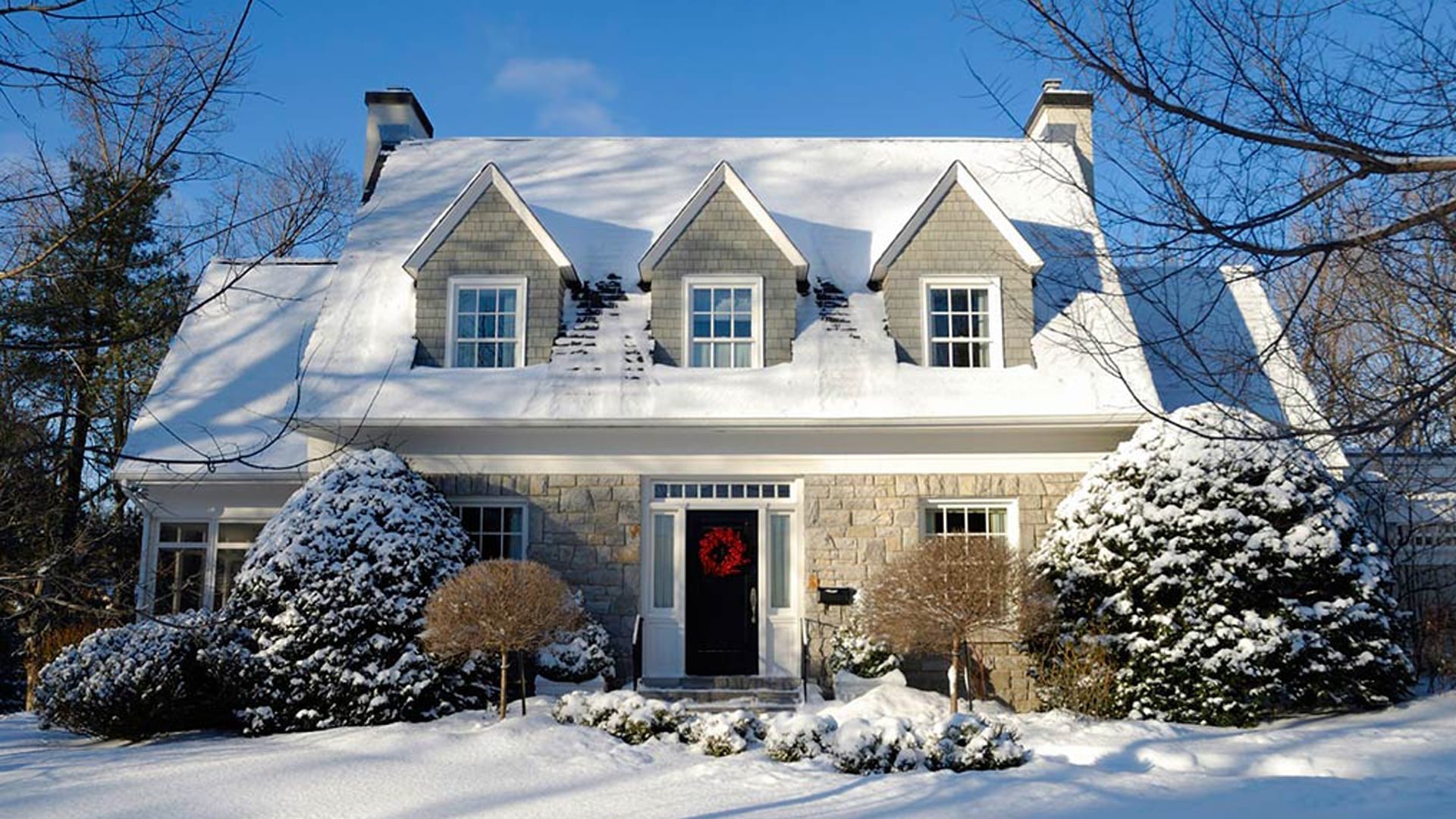
Here’s How to Prepare Yourself for Cold Weather Roofing:
Winter Roofing Worker Safety
There are ways to carefully and safely take advantage of the business boosting benefits of work year-round, by learning how to minimize the drawbacks of winter weather. But, never under any circumstances put your work before personal safety. Finishing a job is never worth risking a life – be sure to respect the limits Mother Nature may impose. Here are some unique cold weather threats to be aware of when doing winter roof work.
Snow and Ice Make Surfaces Extra Slippery
Roof surfaces can become slick and slippery thanks to snow, ice, or frost. That means roofers must take extra precautions when working on a roof to wear roof-fall protection equipment, work methodically and carefully, and wear high-performing gear (like winter-rated work boots) which have been tested for wet, cold conditions.
A common winter consideration is snow removal or de-icing of the roof surface after a storm. This requires extra time, extra caution, and different equipment on which you or your fellow workers need to be trained, along with increased monitoring while the removal is taking place.
After all that, the Asphalt Roofing Manufacturers Association (ARMA) warns, even on a freshly cleared roof, there may be nearly invisible ice or frost build-up on the roof or deck surface, which can make work extremely hazardous. It is advisable to wait until the roof surface is free of ice and frost for safer roof application.
Ensure that the attic space is adequately ventilated. Often, what appears to be a roof leak is actually condensation of moist interior air drifting up into a cold, improperly ventilated attic.
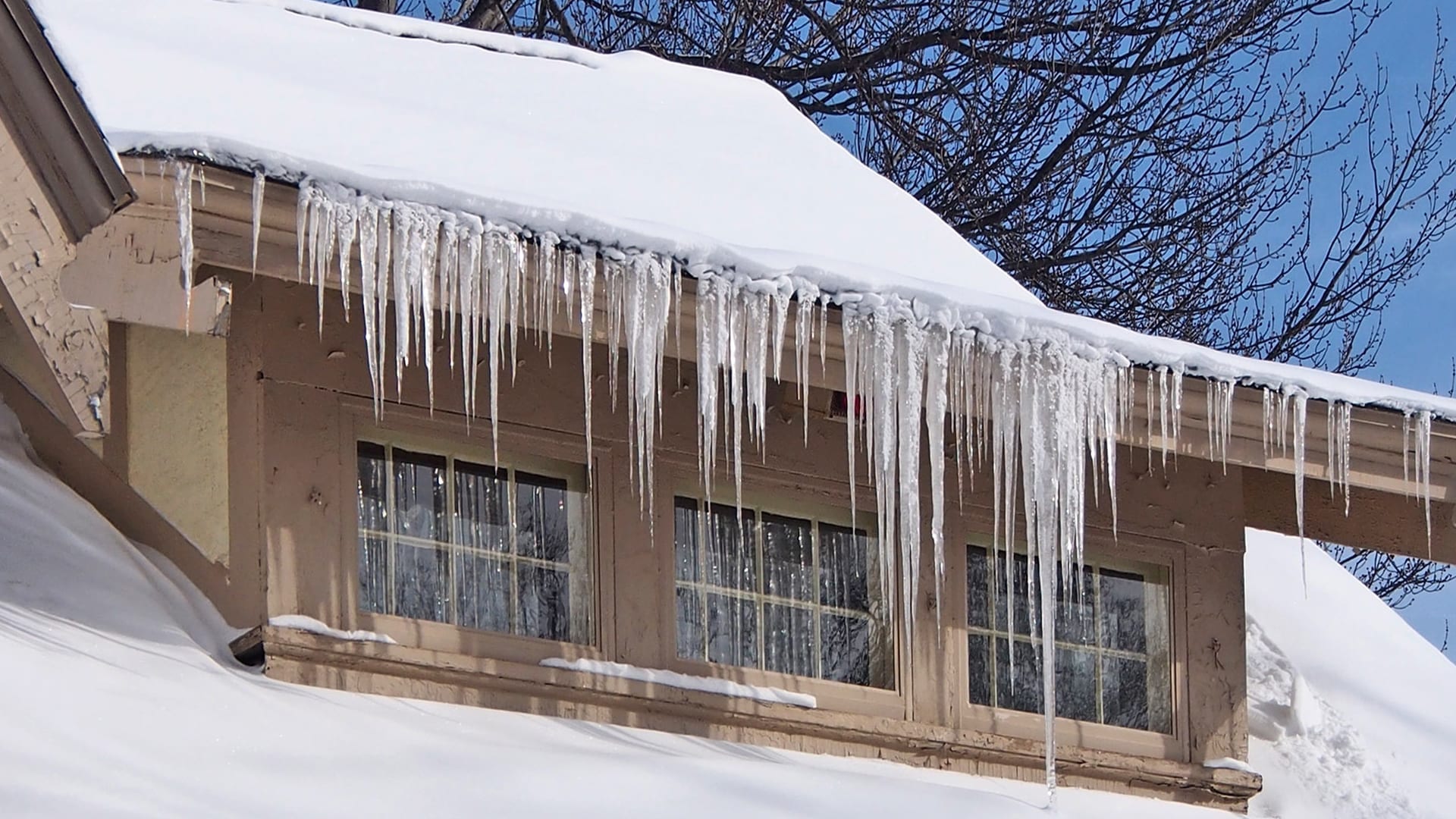
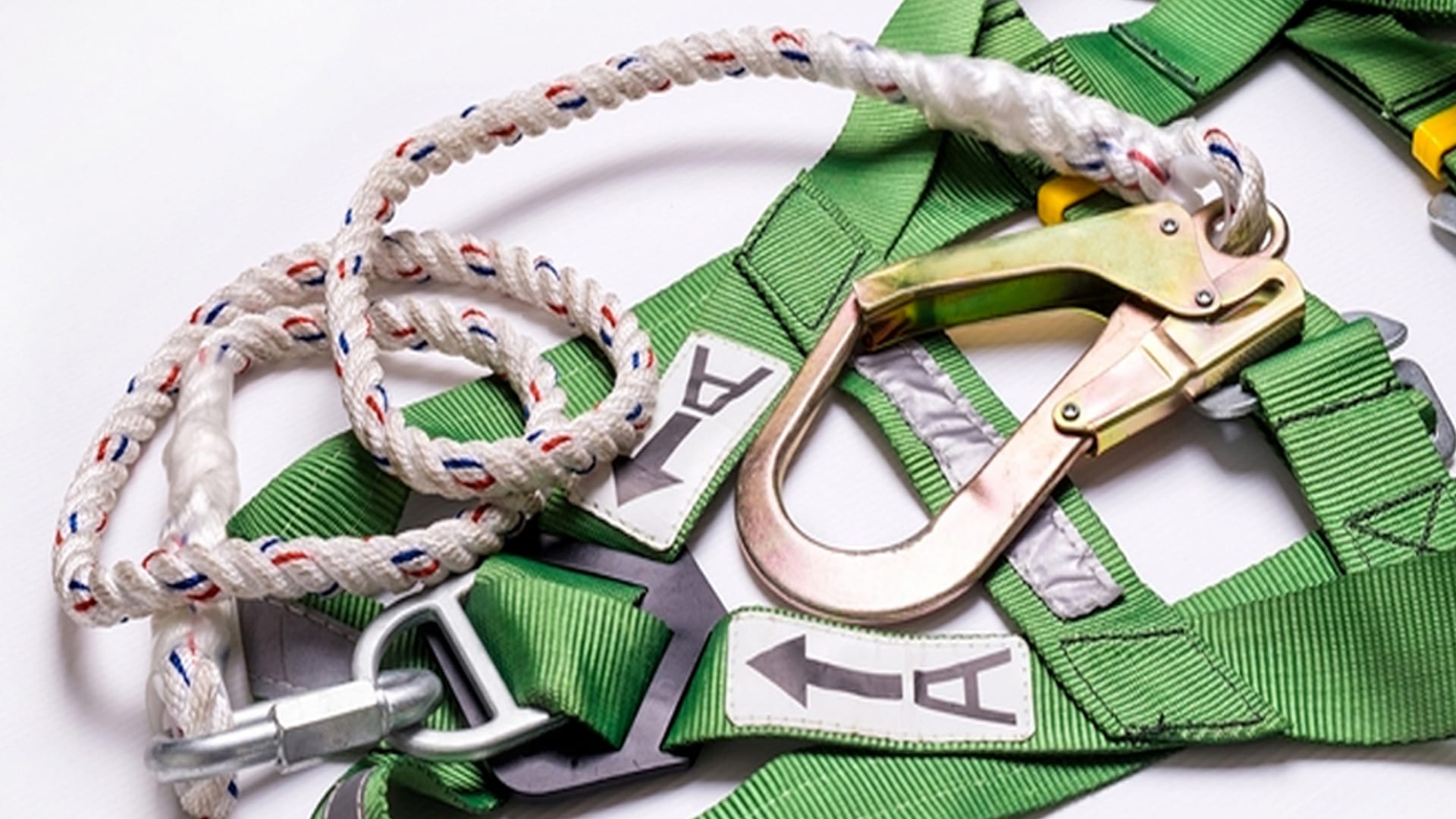
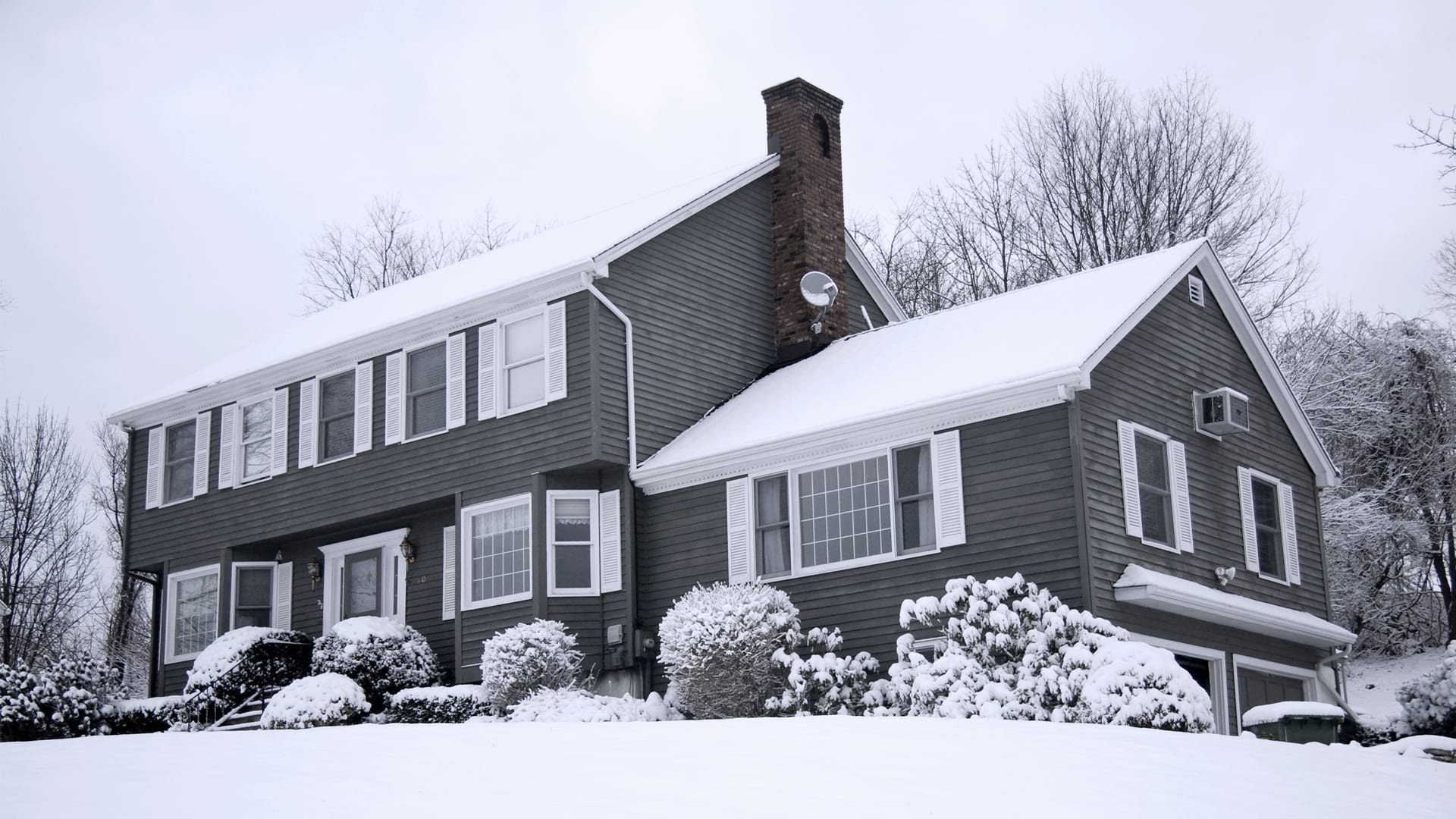
Snow Can Disguise Risks Such as Skylights, Debris or Materials
Pay close attention to where you work and walk to ensure you don’t accidentally step on or fall through a skylight, or trip over materials hidden under the accumulation. Clear surfaces before working and pay close attention while disposing of snow and ice.
Cold Weather Can Be Hard on the Body
Working in below-zero temperatures can put strain on the body, making your heart and lungs work harder, while at the same time putting you at increased risk for hypothermia or frostbite. Roofers should work shorter hours, planned around the sunshine and weather forecasts. Adjust your schedule to avoid uncomfortably cold temperatures and potential snow or ice storms. Roof workers should also wear layers of warm clothing that is breathable but provides ample coverage, hides exposed skin, and insulates against wind. Just like working under the hot sun, working in the cold takes a lot of physical exertion, so workers should also remember continue to drink plenty of fluids to prevent the risk of dehydration.
Snow or Ice can Weigh Down Your Structure
Along with roof-fall equipment, one of the top considerations of roof fall protection (or, the measures roofers must take to prevent falls when working at height) is whether the surface upon which they’re working is sturdy and safe from collapse. The weight of winter snow or ice accumulation, and potentially extra snow-clearing equipment, could overload the roof structure, making it unsound. A competent person must determine whether the roof is safe before anyone starts climbing the ladder.
(Source: Occupational Health and Safety Administration)
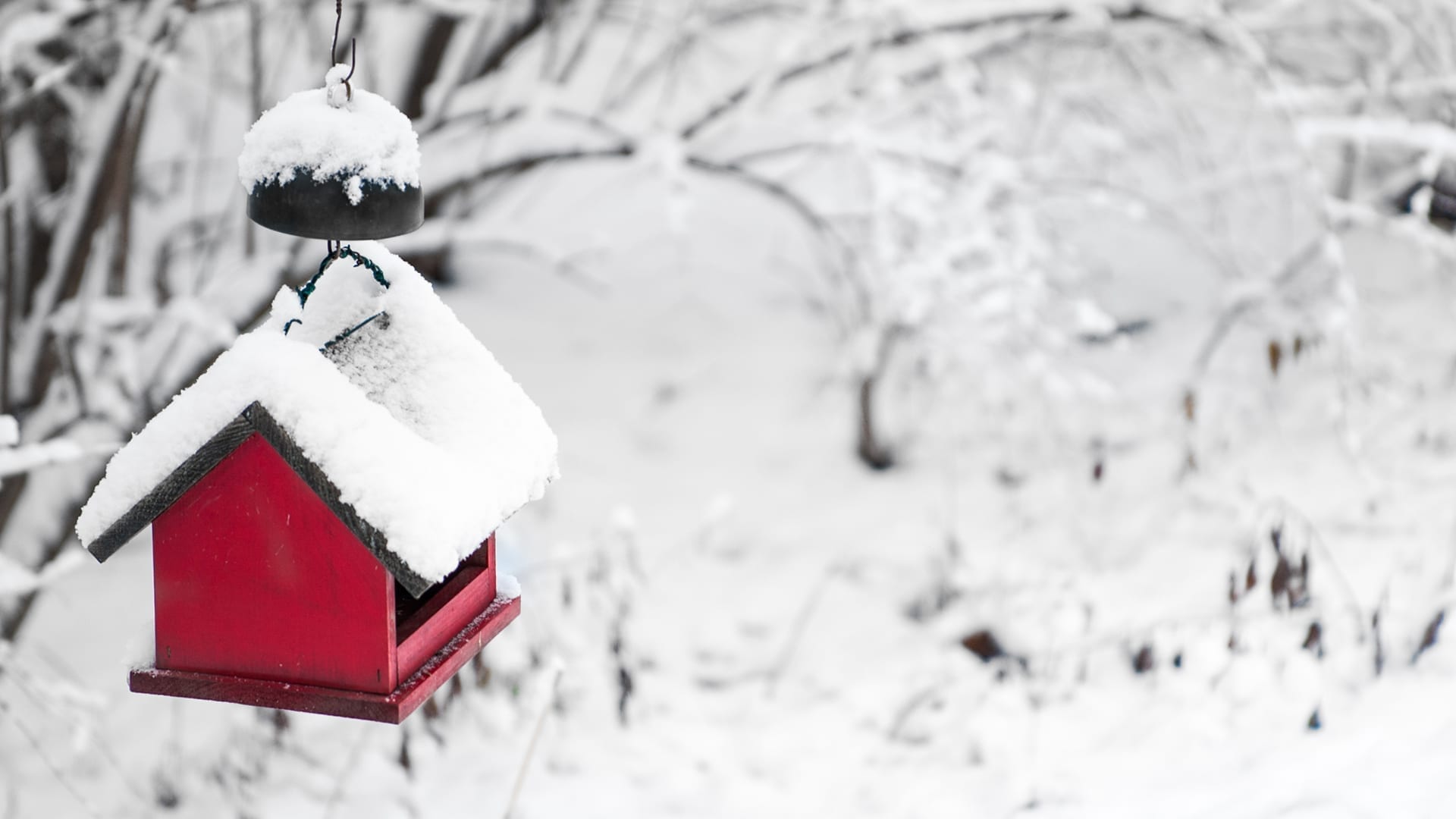
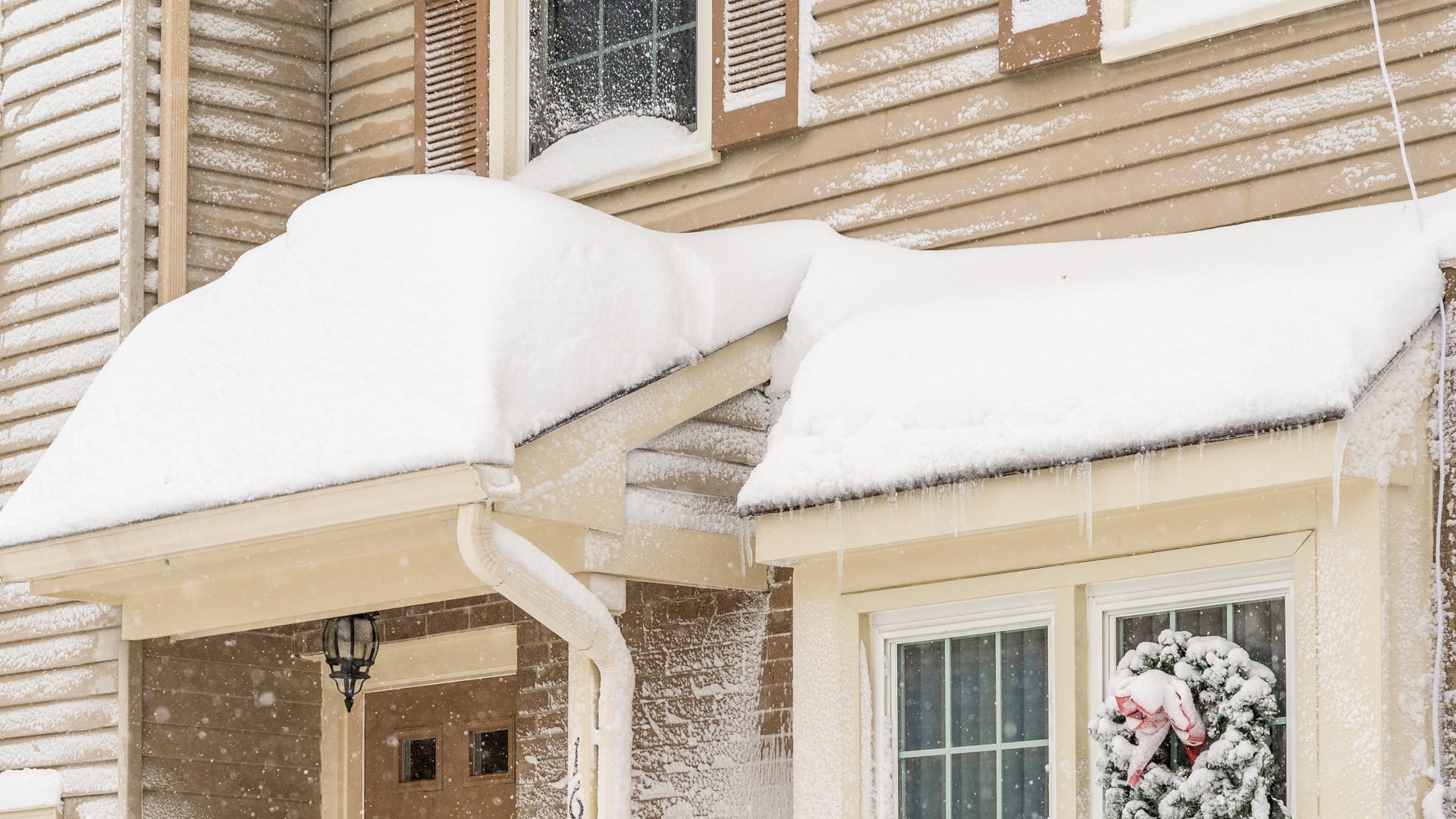
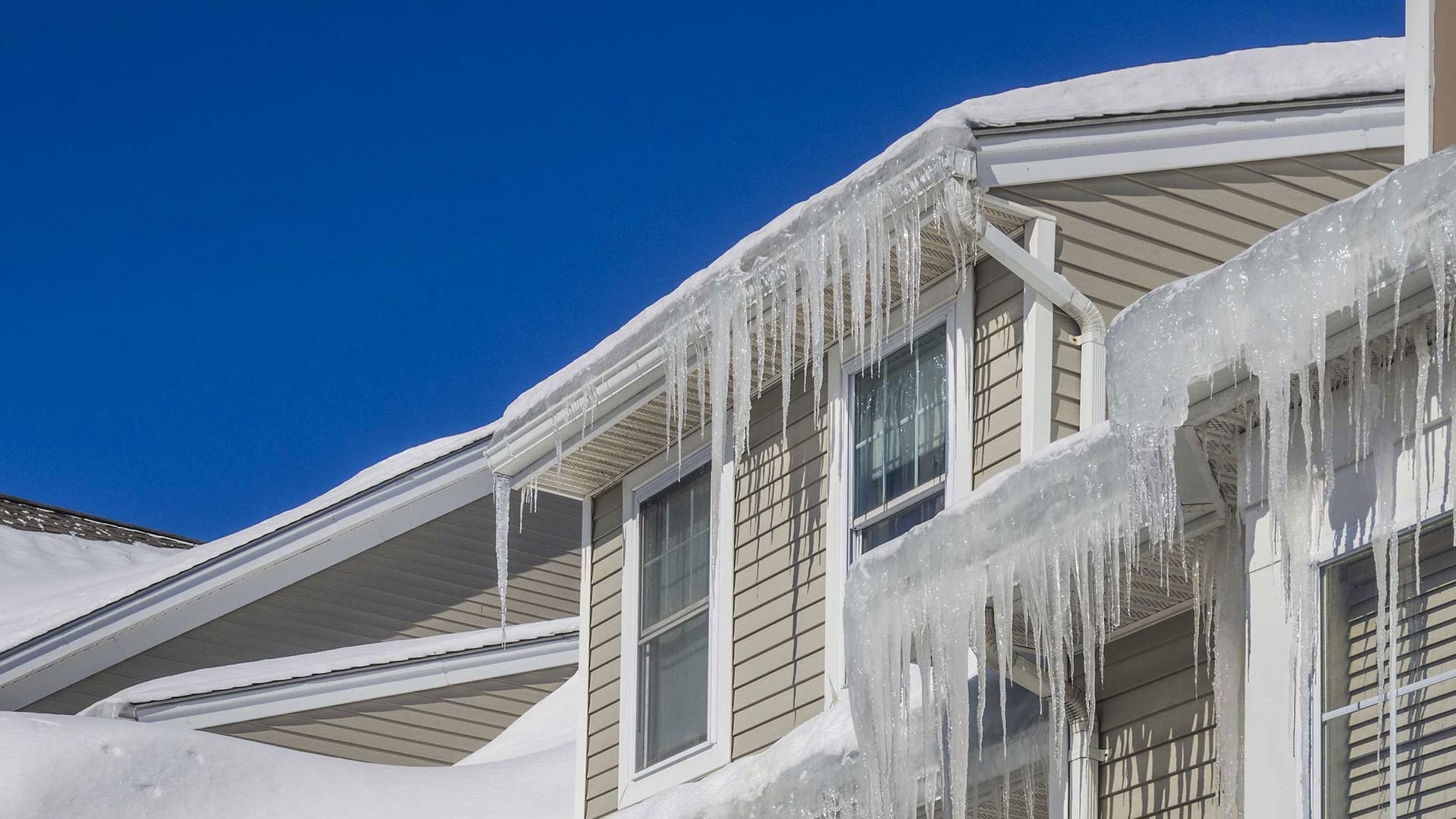
Equipment and Materials
Now you know how to prepare yourself, what kind of performance can you expect from your tools and materials in cold winter climates?
Asphalt shingles
According to Roofing Construction & Estimating By Daniel Benn Atcheson, the best temperatures to install asphalt shingles is between 40 and 85 degrees F (4 and 26 degrees C). If you’re installing roofing shingles in cold weather below these temperatures your shingles may become brittle and more prone to breakage. To prevent this, when working in below-zero temperatures, store your materials in a warm place (above 50 F or 10 C) until right before you need them.The Canadian Asphalt Shingle Manufacturers’ Association (CASMA) adds that shingles will also mould to the shape of the surface they rest on – so keep them flat, stacked and raised on pallets so they don’t touch the ground. Be sure never to throw or drop your shingles when they’re in the cold weather, or they may break.
Nails and Nail Guns
Nail guns have been known to jam more frequently in cold temperatures. To ensure you don’t blow through your shingle, when nailing shingles nail down through the double layer of shingle, being careful to use a straight, flush angle.
Manual Sealing of Shingles
Most asphalt shingles include thermally activated asphalt sealant, which bonds the shingles together after they are applied to the roof. Sealing time will vary depending on the slope of the roof, its orientation, and the amount of sun/heat exposure that the shingles receive. Depending on the weather conditions at the time of application and the anticipated weather conditions in the days thereafter, manual sealing of the shingles with an approved asphalt roofing cement may be needed to help ensure wind resistance until warmer weather occurs and the shingles have the opportunity to seal down.
Eaves Protector Membranes and Roll Roofing
CASMA recommends using winter weather membranes to seal your eaves, valleys, skylights, vents and plumbing pipes, rather than warm weather roll roofing, which can buckle or wrinkle when applied in cold weather. When you choose to use any kind of felt or membrane, roll it out in your staging area and allow it to relax before you apply. This will help reduce wrinkles caused by the cold. Always store your roll roofing upright so it doesn’t get warped laying on a cold ground.
The above information is intended as general guidelines for cold weather shingle applications. Always consult the shingle manufacturer’s application instructions and limited warranty requirements, along with local building codes for any further cold weather application requirements.
Manage Expectations
A patient attitude, coupled with safe and careful planning can make all the difference to a winter roofing job. Follow these tips and you’ll end up with a solid, lasting and functional product you can be proud of – without having to wait for those fine summer days.

